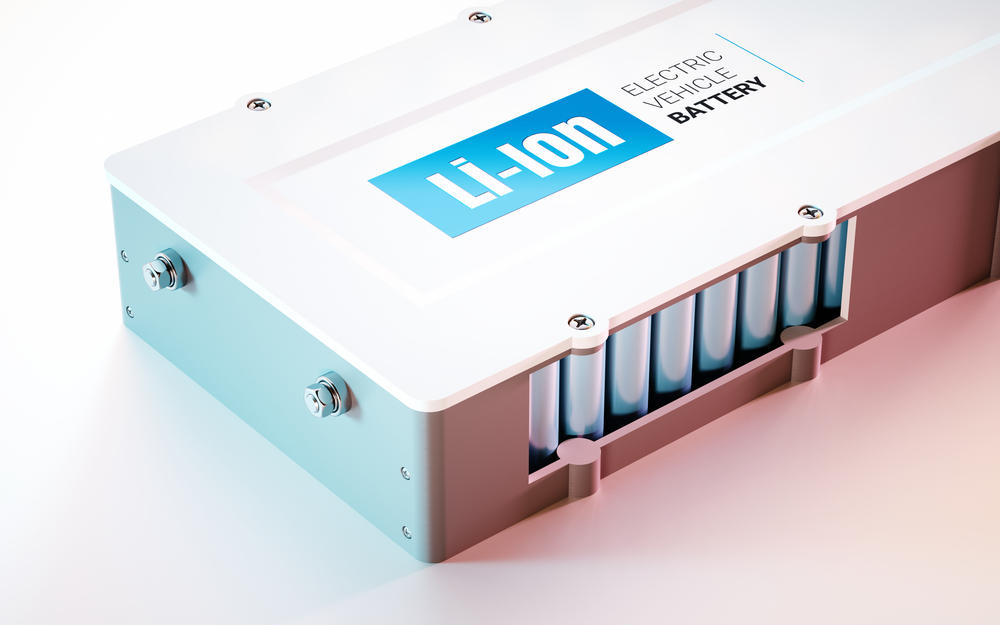As a new type of clean energy, lithium batteries are widely used. Laser technology, as an advanced “light” manufacturing tool, is widely used in the cutting, cleaning, welding, and coding processes of power lithium battery components due to its high efficiency, precision, flexibility, reliability, stability, low welding material loss, high automation and safety. Let’s take a look at the four major applications of laser technology in new energy lithium batteries together with Wuhan Zhonggu Lianchuang Company.
01 Laser welding
In the manufacturing process of lithium batteries and battery packs in new energy vehicles, there are more than 20 processes that require conductive connection or sealing through welding. The quality of welding plays a crucial role in the safety performance of the entire vehicle.
Compared with the traditional argon arc welding, Electric resistance welding and other methods, laser welding has significant advantages such as small heat affected zone, non-contact processing, high processing efficiency, and different materials can achieve excellent welding effects. It is an indispensable standard process in the production of power batteries. It has been widely used in the welding of lugs, cell shells, sealing nails, soft connections, explosion-proof valves, battery modules, etc.
Moreover, laser welding can be widely used in power battery industry, optical communication industry and microelectronics industry. The leap forward development of 5G technology and new energy technology is the bottom gas for the rapid expansion of laser welding market. Judging from the current development of the laser welding industry, the mainstream laser welding equipment in the future market will be fiber coupled high beam quality, high-power semiconductor lasers. With the increase of market share and the reduction of cost accounting, such lasers and their marking, cutting, welding, and remanufacturing equipment management will be rapidly popularized. The second type is fiber laser and disc laser, which will expand the laser welding market of thick steel plate and high-speed thin plate welding market. The three types are high-power picosecond and femtosecond lasers, which will further expand the market space of laser precision micro processing and complete tasks that traditional processing tools could not complete before.
02 Laser cutting
The processing of lithium batteries requires high precision and quality. Before the emergence of laser technology, the lithium battery industry usually used traditional machinery for processing and cutting. However, traditional die cutting equipment inevitably experienced wear, dust falling, and burrs during use, leading to various dangerous problems such as battery overheating, short circuits, and even explosions.
To avoid the danger caused by poor processing quality of lithium batteries, laser cutting is more suitable. Compared with traditional mechanical cutting, laser cutting has advantages such as no physical wear, flexible cutting shape, edge quality control, higher accuracy, and lower operating costs. It is beneficial for reducing manufacturing costs, improving production efficiency, and significantly shortening the die-cutting cycle of new products.
03 Laser cleaning
In the manufacturing process of lithium batteries, before welding the electrode ears, it is necessary to clean the coating in the area of the electrode ears to be welded. The main methods for removing coatings include mechanical scraping, applying foam adhesive, and laser cleaning. The mechanical scraping method is prone to damage to the electrode, and it is difficult to ensure the clean removal of the coating; The method of applying foam adhesive has many processes, high production costs, and is not suitable for anodic water-based slurry.
Laser cleaning has the advantages of green, efficient, good cleaning effect, and minimal damage to copper foil. It is widely recognized as the preferred method for removing the coating on the positive and negative sides of lithium battery anode plates, making the copper foil exposed and directly welding the electrode ears.
04 Laser marking
To better control product quality and trace the entire production information of lithium batteries, including raw material information, production process and process, product batch, manufacturer, and date, it is necessary to store key information in a QR code and label it on the battery. Traditional ink jet coding technology has problems such as easy friction and information loss over time. However, laser marking has the characteristics of strong permanence, high anti-counterfeiting, high accuracy, strong wear resistance, and safety and reliability, which can provide the best solution for product quality tracking.




































